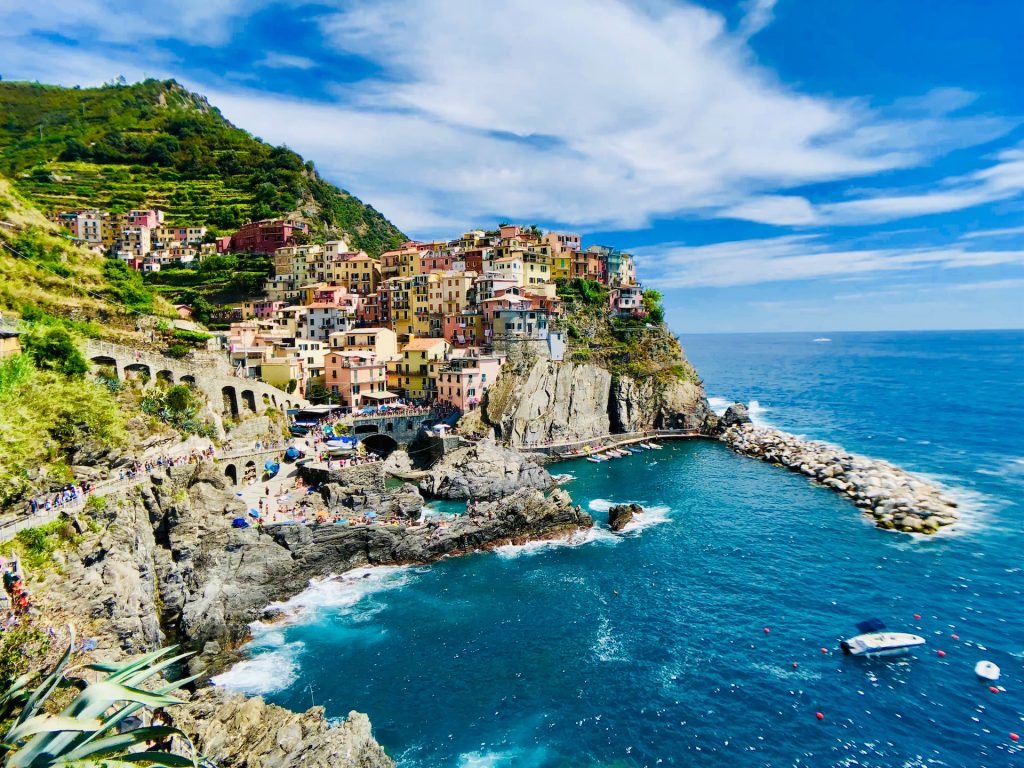History of The Italian Language: The Ultimate Guide For Curious Italian Learners
4 min read
This guide is the ultimate resource for curious Italian learners who want to learn about the history of the Italian language. It covers topics such as when and where Italian first appeared, how it has evolved, and what dialects exist in Italy today. In addition, this guide goes into detail about how Italian culture has shaped the language and why it is considered one of the romance languages. It also provides examples of Italian words that have entered the English language, as well as tips and tricks for learning Italian more quickly. With this guide in hand, curious Italian learners can gain a deeper understanding of their chosen language and its place in the world today.
An In-Depth Look at the Evolution of the Italian Language
The Italian language has a long and fascinating history that stretches back to ancient times. It is believed to have originated from the early Indo-European languages, which were spoken in the region around the Mediterranean Sea before any of the Romance languages appeared. Over time, these dialects blended, creating what we now know as modern Italian.
The evolution of the Italian language can be divided into four major periods. The Old Italian period is from the 8th to 13th centuries and was heavily influenced by Latin, Germanic and Greek languages. During this time, there was a huge expansion in the vocabulary with many words being borrowed from other languages.
The Middle Italian period occurred from the 14th to 16th centuries and was greatly impacted by French, Spanish, and English languages. This was a time of great literary development with many famous works written in Italian, such as Dante’s Divine Comedy and Boccaccio’s Decameron.
The Modern Italian period began in the 17th century and lasted until the 19th century. This period saw a great consolidation of the language, with many dialects from different regions being standardized and gradually replaced by modern Italian.
Finally, in the 20th century, Italian underwent further changes as it began to be used more widely around the world. The influence of English, particularly in terms of technological and scientific terms, has grown over the last few decades.
Today, Italian is one of the most widely spoken Romance languages and is a national language in Italy and San Marino. It is also an official language in Switzerland, Vatican City, Malta and parts of Croatia. With its long history and diverse influences, Italian remains an essential part of European culture.
Tracing the Roots of Italy’s Iconic Dialects
Italy is home to a rich linguistic heritage that dates back hundreds of years. Its iconic dialects, such as Tuscan, Neapolitan, Sicilian, and Calabrese are each unique in their own right – but they all originated from the same language: Latin.
Latin was the language used by Ancient Romans during the height of their power, and it was the official language of Italy until the 1500s. As a result of their widespread use and their geographical separation, each region developed its distinct dialect over time.
These dialects have been passed down through generations, reflecting the cultural values and traditions of these regions in Italy. For example, Tuscan is often associated with the culture of Florence – a city known for its art, fashion, and gastronomy. Neapolitan is closely linked to Naples and its vibrant music, while Sicilian has been strongly shaped by centuries of occupation from other cultures like the Greeks and Arabs.
Today, each dialect is an integral part of Italian life and culture, with many Italians speaking two or more dialects depending on the area they live in.
Although Latin is no longer spoken, it still has an undeniable influence on Italy’s language today. For example, some modern words in Italian can be traced back to their Latin roots – making it easier for speakers to understand each other despite their differing dialects.
The Italian Language Through the Ages: A Comprehensive Timeline
The Italian language has been around for centuries, with roots stretching back to the classical period of antiquity. Throughout its long history, it has evolved and adapted to meet the needs of those who speak it. This timeline offers a comprehensive look at the development of Italian language over time, from its earliest days in Classical Latin and Medieval Latin up through modern professional italian translation.
In the early centuries of Italian history, Latin was the official language. By the 4th century CE, Vulgar Latin had become increasingly popular in Italy, eventually becoming known as Italian. This new language spread rapidly throughout the peninsula and began to influence other languages in Europe. As it became more widely used, dialects such as Tuscan started to emerge.
During the Renaissance period, Italian was further developed and refined. Writers such as Dante Alighieri and Giovanni Boccaccio helped to establish it as a literary language, creating works that are still studied today. At this time, Italian also began to take on a more standardized form with the development of grammar rules and an educational system.
In the 18th and 19th centuries, Italian underwent further changes as it spread throughout different parts of Europe. In areas such as Switzerland, Austria, Croatia, and Romania, local dialects emerged and combined with Italian to create unique variations of the language.



